Kristine managed to fit 18 months worth of trash into a single jam jar
On average, Norwegians throw away more than 400 kilos of trash every year. But people some try to throw away as little as possible.
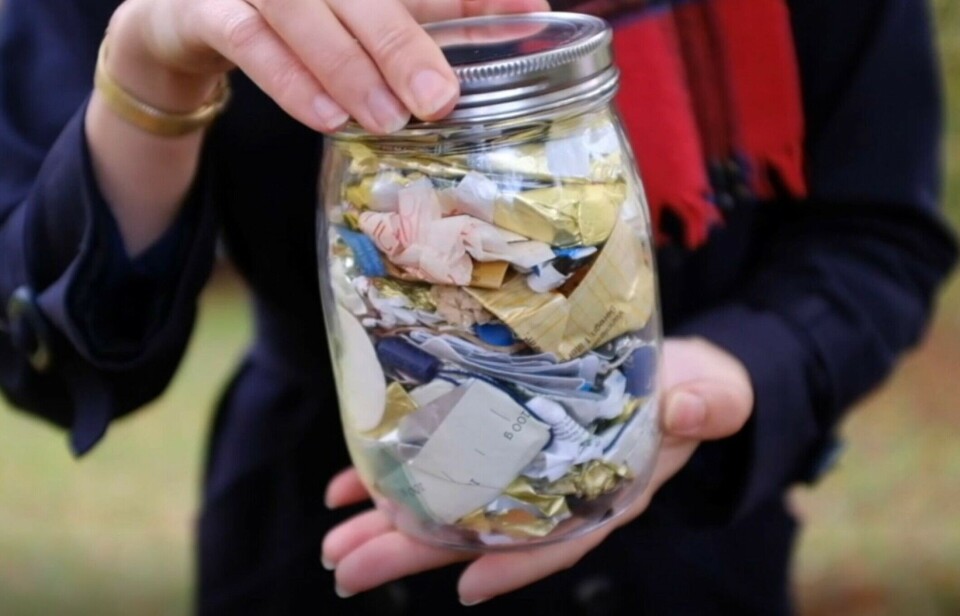
Have you ever thought about how much you throw away?
Everything from shampoo bottles to banana peels ends up in the trash.
But some people hardly create any waste at all!
Sciencenorway.no has met one of them.
“The most important thing is that it's fun,” she says.
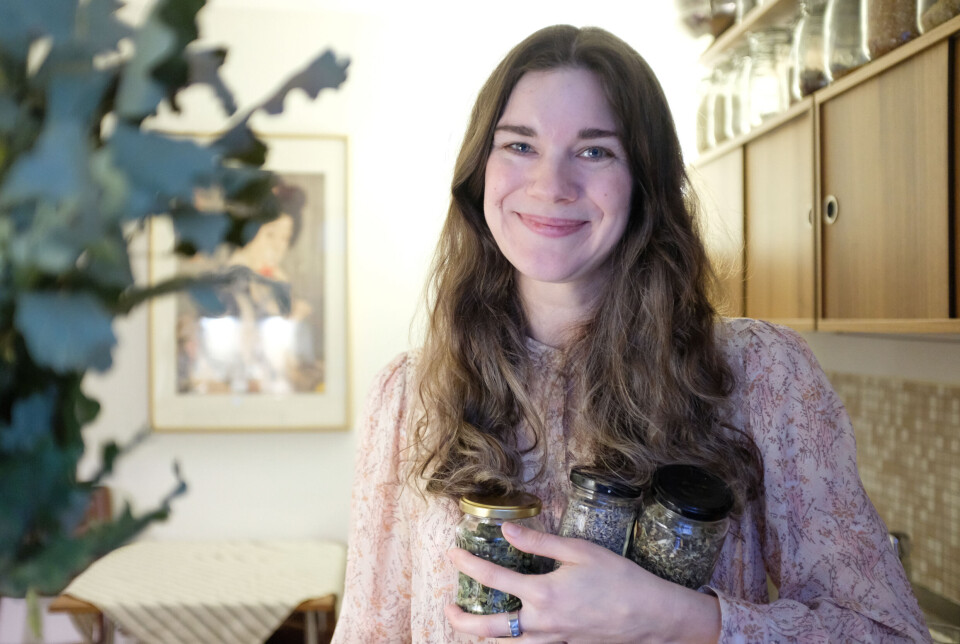
Plenty of space – in a jam jar
Kristine Ullaland says no to what she doesn't need and uses less of what she has to.
She is part of the Zero Waste movement.
“It’s about throwing away as little waste as possible,” she says.
In 2022, Norwegians threw away an average of 431 kilograms of trash at home (link in Norwegian). That’s about the weight of a horse.
For Ullaland, it’s quite different.
She reuses, recycles, and composts.
Her waste fits into a jam jar.
The pieces fall into place
What ends up in Ullaland’s jam jar – after she’s tried everything she can to cut her waste?
“One example is the piece around a SIM card that allows it to fit in different mobile phones,” she says.
But this piece eventually found its way out of her jar. Someone in the family suddenly needed it.

“Then all I had to do was open the jar,” she says.
Not for everyone – but an inspiration
Can't we just set the trash on fire and let it burn away, you might be thinking?
“No, that clashes with the idea of zero waste,” she says.
If you burn your waste, things that can still be used go up in smoke. This would also create greenhouse gases.
“It pollutes our air,” says Ullaland.
Arve Hansen studies everything Norwegians use.
“Zero waste might not be for everyone, but it's great inspiration to take action,” he says.
Norwegians at the top of the world
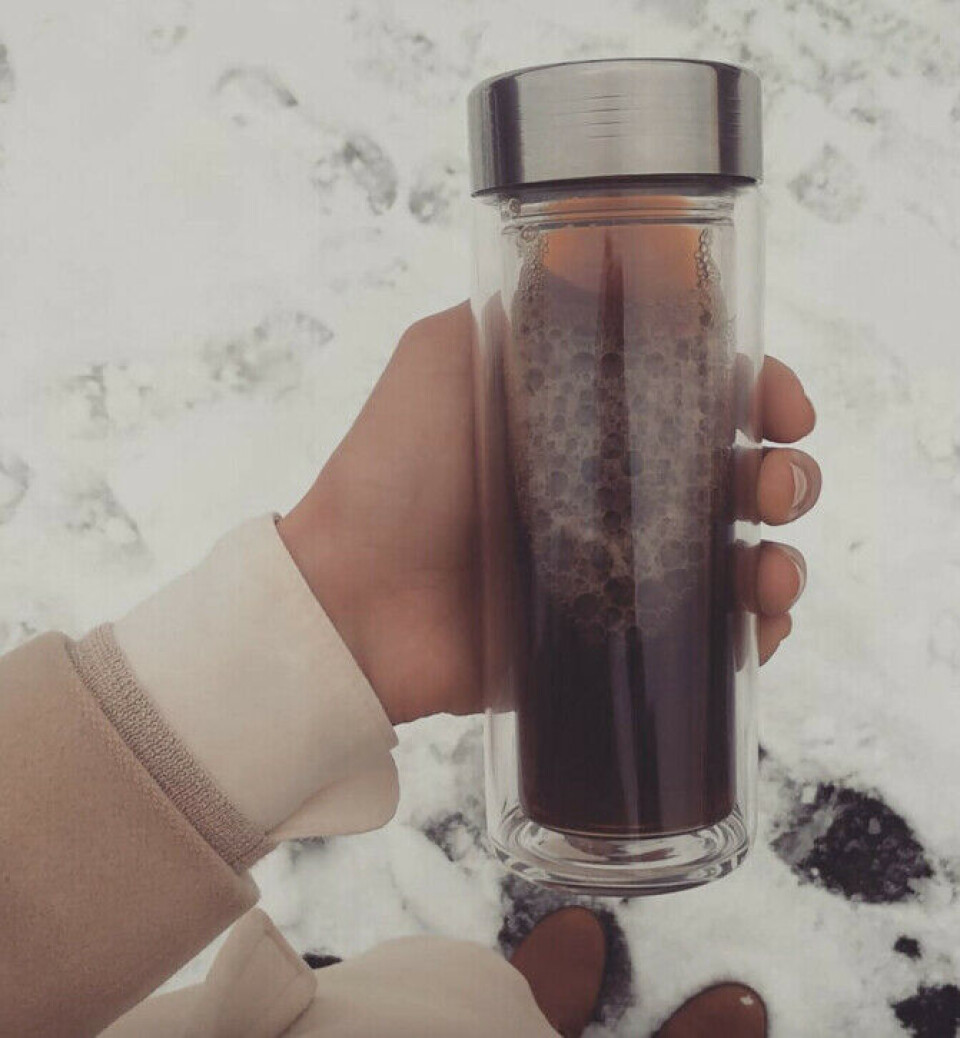
The very goal of zero waste is to become better at using what you already have – and to think carefully before buying something new.
That sounds possible to most people.
The hashtag #zerowaste has over 11 million hits on Instagram.
“We should think carefully about what we really need because Norwegians rank among the highest in the world for consumption,” says Hansen.
This is true almost regardless of what consumer goods the researchers measure.
“We spend 50 per cent more money on clothes and shoes than the average European,” he says.
The same applies to furniture.
“We are also among the top in the world for car usage, electronic waste, and a number of other things that have major environmental consequences,” he says.
Worms in the kitchen

Ullaland says that her waste-free life is exciting.
“It forces me to think creatively,” she says.
She has to take responsibility for everything she uses and brings into her home.
Ullaland has also had some little helpers along the way:
Namely, 1,000 worms that she ordered online.
They were placed in a plastic box with holes under her desk.
“They ate my food waste,” says Ullaland.
Then they pooped out nutrient-rich soil.
“I spread the soil in the garden, and everything bloomed and grew like never before,” she says.
It might sound strange to keep worms under a desk.
“But it didn't smell at all,” says Ullaland.
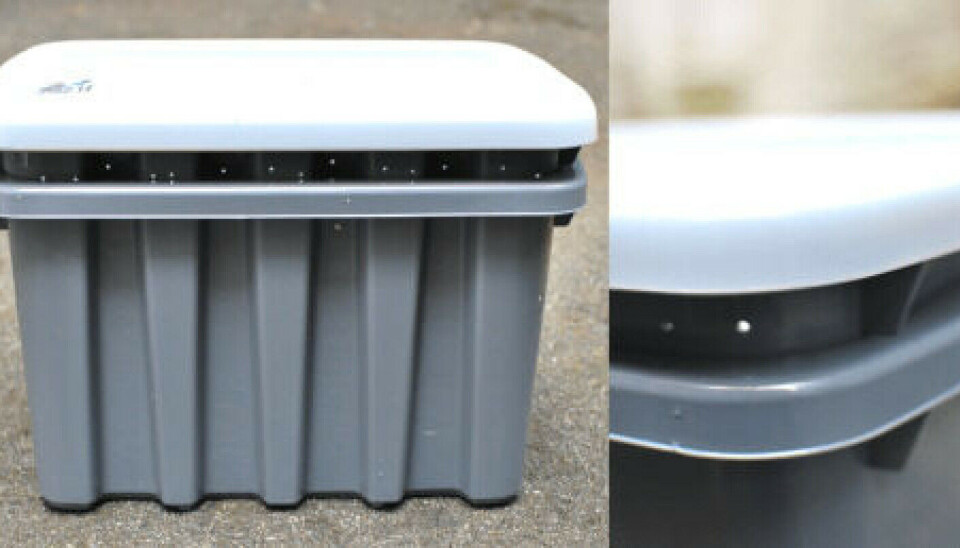
———
Translated by Nancy Bazilchuk
Read the Norwegian version of this article at ung.forskning.no
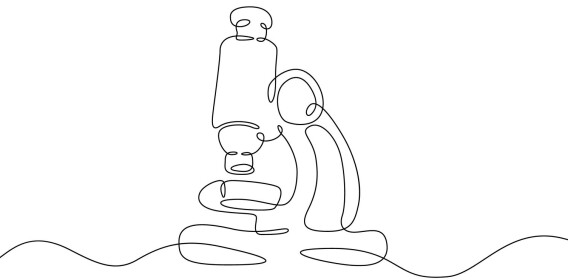
Subscribe to our newsletter
The latest news from Science Norway, sent twice a week and completely free.





































